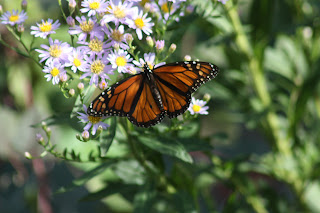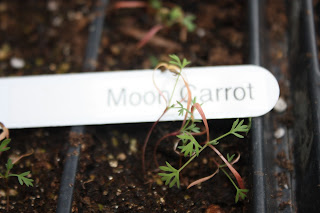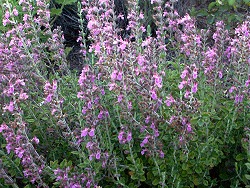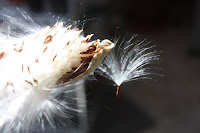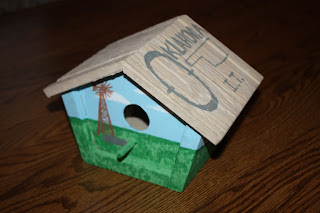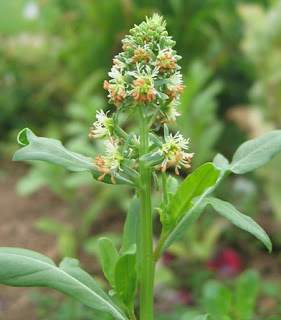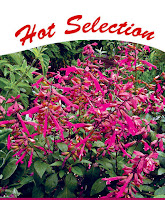for the love of leeks
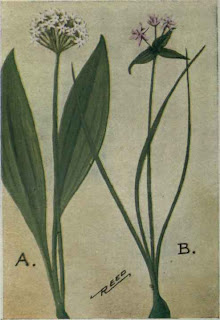
We grow leeks in our veggie garden, partly because I cook with them and partly because they are beautiful. All winter, no matter how many freezing nights and ice storms, there they are: tall, blue leaves and a lovely white, sweet onion under the ground. In the spring the flower heads begin to form and by the summer, a huge blue globe tops the leaves. That flower goes to seed. Garden goddess, Barbara Damrosch, wrote a piece about leeks for the Washington Post that was published Jan 26th. Here's a link to it. Some highlights - * Until the 1990s all leeks were open-pollinated (OP) varieties, not proprietary F1 hybrids with corporate ownership. New methods have made hybridizing them possible, so now many seed catalogues offer both. Their descriptions make interesting reading. The new hybrids are promoted as vigorous, high-yielding, disease-resistant, upright, straight and - above all - uniform, since uniformity is what commercial growers, packers and marketers demand. OP varieties

